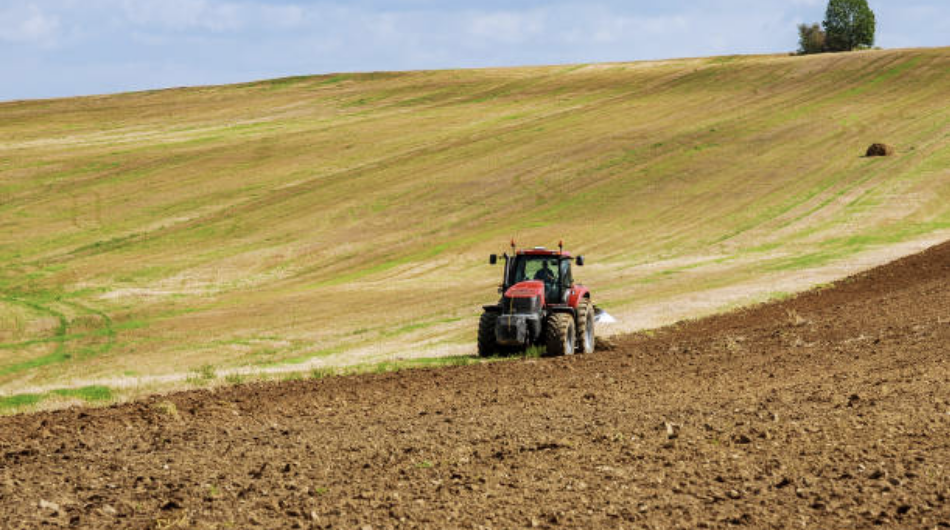Don’t Lose Sleep Preparing the Soybean Seedbed

By Geoff Geddes
Between the weather and volatile markets, there is much to keep growers up at night. Fortunately, following a few key principles will let you prepare your seedbed for planting soybeans and rest easy about getting off to a good start to the growing season.
“The first step to a healthy seedbed for soybeans is field selection,” says Ron Lukash, District Sales Manager at NorthStar Genetics. “Consider herbicide residue and whether a chemical was used in that field the previous year that could carry over and harm your soybeans.”
After selecting your field, the next important step is a soil test to determine your fertility needs. It is recommended that you soil test at 0-6 inches and 6-24-inch profiles. Growers should pay attention to nitrogen levels. Lower nitrogen levels are preferred (less than 50 ppm in the 0 to 6-inch profile) to ensure proper nodulation. Check phosphate and potash levels to ensure they are high enough to meet crop needs as soybeans are big users of them. Remember, soybeans mine fields of phosphate and potash; be sure to replace them to adequate levels.
Once you’ve chosen your field, it’s important to clear out any trash – such as straw and stubble – as thoroughly as possible.
“You need to get that soil warmed quickly for soybeans, so anything that blocks the sun from getting through is a detriment.”
Though variety selection can make a difference in pod height, maintaining a trash-free field and high soil temperatures are the biggest factors in maximizing clearance.
Of course, a seedbed without quality seed is like a pickup truck with bicycle tires: it will only take you so far.
“Be careful where you store seed and inoculant, as it contains living organisms that enable the soybean plant to fix nitrogen and they are susceptible to cold temperatures and can be killed if froze.”
Think of seed as sporting a “handle with care” label. Try to avoid using augers or fast fan speeds on air drills (greater than 4.5 miles/hour), since both practices can crack seeds and halt their growth. If an auger needs to be used, operate at reduced speed.
Ideally, planting into moisture at a depth of 3/4 of an inch to 1 inch is ideal. A grower can plant up to 2 inches deep, but pod clearance may be reduced with deeper seeding depths.
As with many aspects of farming, timing is a key consideration in planting.
“Monitor weather patterns and proceed accordingly. If the next few days are expected to be around 10℃ and warming, go ahead and put your soybeans in the ground. On the other hand, if forecasters expect a cooling trend for the next week, hold off on planting and seed your other crops. As soon as you hit 10℃ and there is a warming trend, drop what you’re doing and plant the soybeans.”
Rain in the forecast can also affect your planting decision, as it tends to cool the soil.
Once planting is complete, growers should roll the field to smooth out any bumps and punch the rocks down. Spray early as early weed control and the maintenance of a clean field is vital to a good soybean crop.
There are a lot of moving parts required for success with soybeans, and while farmers are “do it yourself” types by nature, asking for help can save growers a lot of headaches and result in better sleep.



